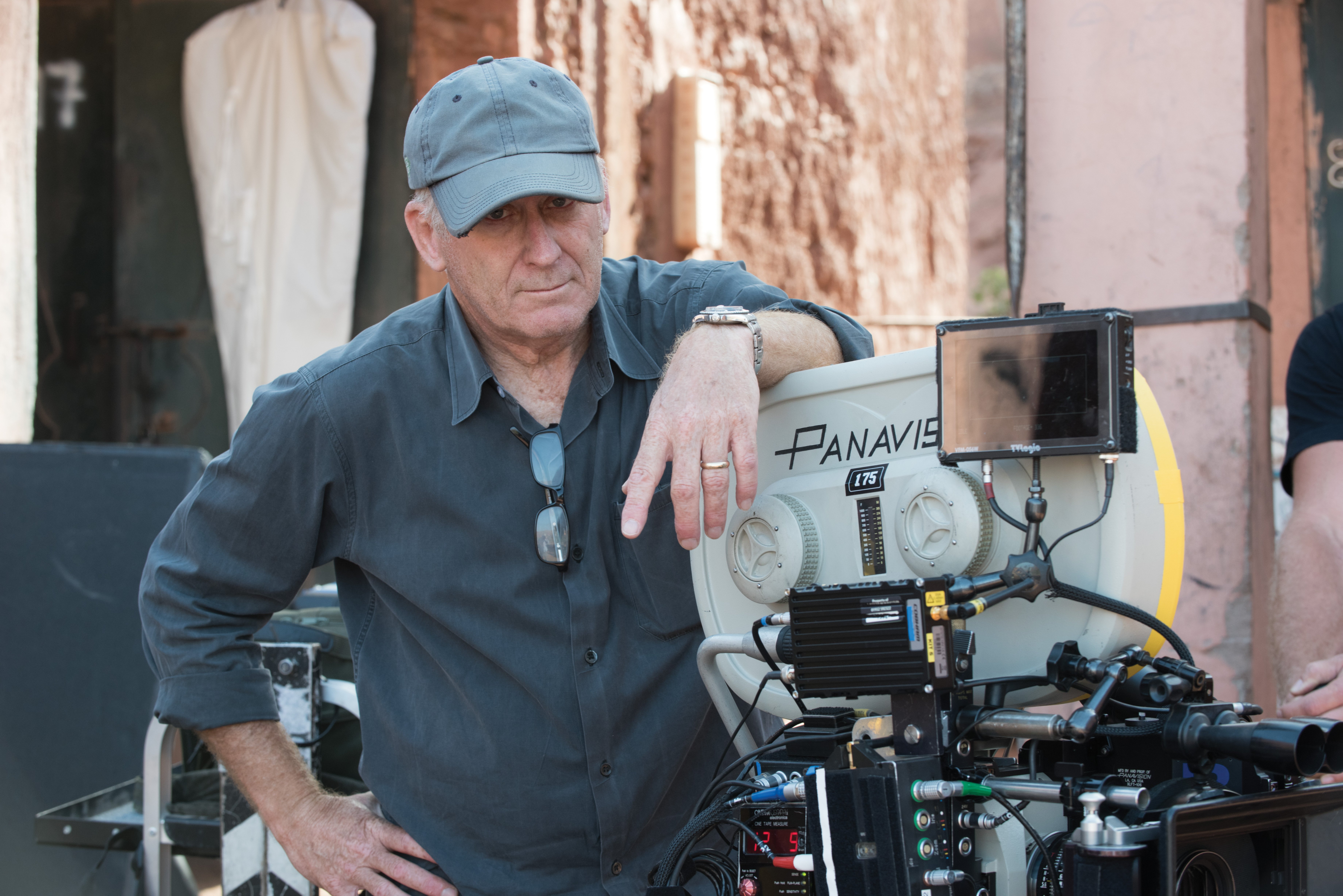
Robert Elswit, ASC — The Traditionalist
Director of photography Robert Elswit, ASC maintains a classical approach to filmmaking in the digital era.
Robert Elswit, ASC characterizes himself as a traditional director of photography drawn to like-minded filmmakers. “Most directors I work with don’t want to think about their movies playing on someone’s iPhone, iPad or small TV set,” he says. “They want it to be at the Cinerama Dome or someplace where people will get the theatrical experience. And if your head is in that world, you think of lenses, image size, and all those sensory qualities differently.”
The veteran cinematographer and his collaborators want to show as much scope as possible, even when working on a smaller canvas. That ethos applies to his current project, Ripley, a Netflix series offering a fresh take on author Patricia Highsmith’s fictional psychopath Tom Ripley. Elswit is in Rome shooting the first season — eight episodes that cover The Talented Mr. Ripley, the first novel in Highsmith’s series. Steven Zaillian, whose directing credits include Searching for Bobby Fischer (AC Feb. ’94) and A Civil Action (AC Jan. ’99), is the director and screenwriter.
“It’s an old-fashioned way of thinking, but I’m an old-fashioned guy.”

“We’ve been at this a week, and we only shot our first real close-up today,” Elswit says. “Steve is a writer-director who is vitally interested in the architecture and design of the spaces he shoots in. He always wants the design of the shots to make strong use of the graphics and tonal values of every location and set we work on. The show is being designed in black-and-white with the lighting and the set design emphasizing tonal structure and contrast.”
Zaillian, he adds, knows precisely what he wants the shots to be. The director doesn’t want to edit a three-page scene by choosing from a dozen or more setups. Elswit notes that some of his other frequent collaborators, including Paul Thomas Anderson and brothers Dan and Tony Gilroy, employ a similar approach. “They’re not making coverage; they’re making shots,” he says. “It’s the most difficult but also the most gratifying way to photograph a movie.”
“It’s an old-fashioned way of thinking, but I’m an old-fashioned guy. I’m always thinking about movies made before zoom lenses and reflex cameras, when they had very slow film, didn’t move the camera much and somehow made some of the greatest movies of all time.”
“It’s a great pleasure that I can do some films that cost relatively little.”
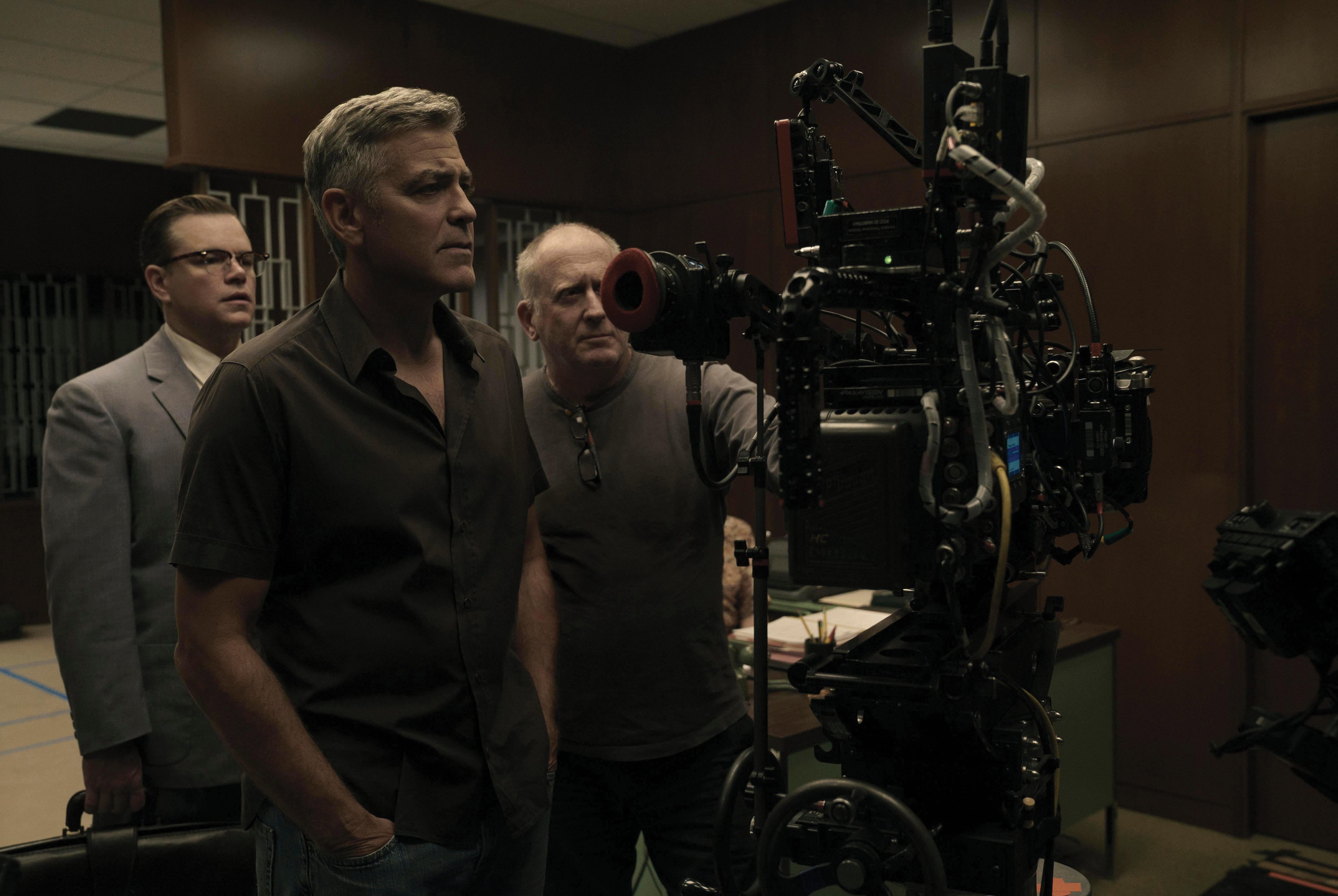
An Eclectic Aesthetic
Elswit studied film at USC in the 1970s. “It was a great era for filmmaking in general, but it seemed to me that the films produced in New York City were the most creative and challenging American movies of the ’70s,” he says. “It was a remarkable era when directors like Sidney Lumet, William Friedkin, Woody Allen, Alan Pakula and Martin Scorsese were making their mark.”
He cites Owen Roizman, ASC, whose career also took off during that decade, as his cinematographer hero. “Nobody else will ever have a career like Owen’s,” Elswit says. “He shot Tootsie, arguably the greatest American comedy of its era; The French Connection, the greatest procedural cop movie; The Exorcist, the greatest horror movie; and Network and The Taking of Pelham One Two Three, two of the finest dramas. Roizman, collaborating with great directors, gave each of those films a unique visual style.”
Elswit’s career has also been eclectic, however, and includes six features with Anderson, among them There Will Be Blood (AC Jan. ’08), for which Elswit won ASC and Academy Awards; Tomorrow Never Dies (1997), a James Bond film directed by Roger Spottiswoode; Good Night, and Good Luck (AC Nov. ’05), a black-and-white period piece directed by George Clooney, which earned the cinematographer ASC and Academy Award nominations; Ben Affleck’s heist flick The Town (2010); and a pair of Mission: Impossible entries — Ghost Protocol (2011), directed by Brad Bird, and Rogue Nation (AC Aug. ’15), directed by Christopher McQuarrie.

In Search of “Interesting”
The scale and formats of Elswit’s recent projects have also been varied. He shot the indie romcom Write When You Get Work (2018) on Super 16mm; the blockbuster Skyscraper (2018) on the Arri Alexa 65; the satirical horror flick Velvet Buzzsaw (2019) on the Panavision Millennium DXL2; and Judd Apatow’s comedic drama The King of Staten Island (2020) on 35mm film.
“It’s a great pleasure that I can do some films that cost relatively little,” Elswit says. “We made Write When You Get Work in New York in 17 days and shot scale. I want to be available to do films like that for friends, and Stacy Cochran, who wrote and directed it, is a wonderful friend whose creative skills I admire. Not everybody has a giant budget. Working that way gets you back to the basics of how movies are made. I’m lucky that I get to pick and choose, and I’m also old enough that I’m not trying to prove anything. I just want to find what I think is interesting.
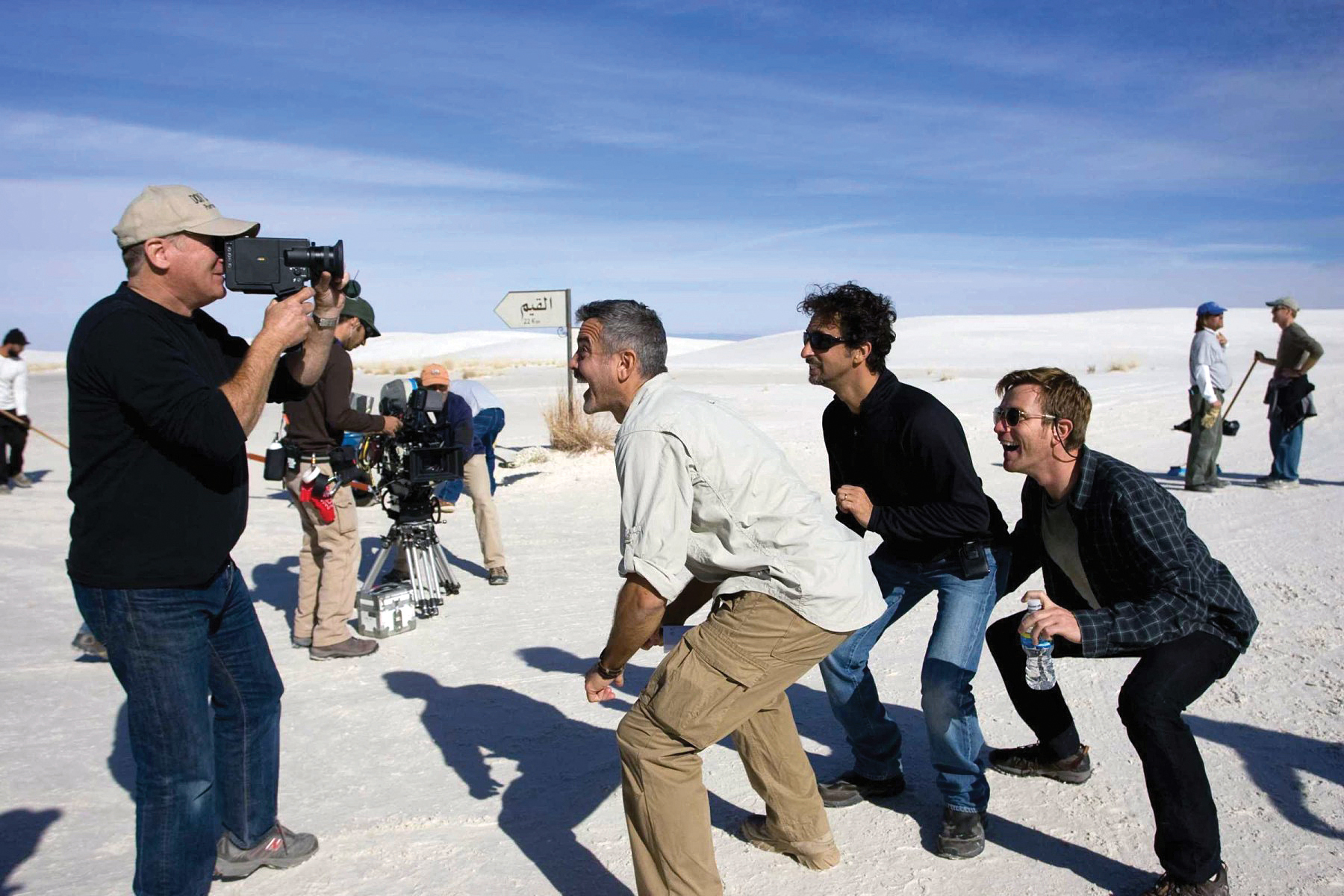
Modest Beginnings
Elswit cites one of his early features, the low-budget, mid-’80s drama Desert Hearts, as one of his most rewarding experiences. Directed by Donna Deitch, it tells the story of a soon-to-be-divorced professor (played by Helen Shaver) who embarks on an affair with a young, free-spirited sculptor (played by Patricia Charbonneau) in Reno, Nev. Several years ago, Elswit was able to re-time the movie from the original 35mm negative when it was digitally remastered in 4K for Blu-ray and theatrical re-release.
The cinematographer subsequently attended a screening at the Museum of Modern Art along with Deitch and the actors, and he was overwhelmed by the response. “Several women came up to me to say how deeply moved and affected they were by it,” Elswit recalls. “I started to tear up. I had never done a movie where anybody said anything like that to me. I’m so lucky Donna asked me to do it. I didn’t get paid much, but I was working with people I loved and respected. When you’re just starting out, you’re accumulating relationships with other creative people and technicians.”

Years earlier, Elswit was focused on different areas of the industry. After college, he landed a job working for one of his professors, large-format filmmaker Lester Novros, at Graphic Films. This was followed by gigs shooting miniatures and inserts on such features as Star Trek: The Motion Picture (AC Feb. ’80), The Empire Strikes Back (AC June ’80), Raiders of the Lost Ark (AC Nov. ’81) and E.T. the Extra-Terrestrial (AC Jan. ’83)
“It was wonderful to be around skilled filmmakers and designers with incredible imaginations and watch them work,” he says. “But it wasn’t where my heart was. It’s a whole other world of thinking that is brilliant, but I wanted to shoot people having conversations.”
Elswit soon got to do that as a camera operator on TV movies, which connected him with director Bob Graham, who asked him to shoot the period feature The End of August (1981). Ernest Day’s romantic drama Waltz Across Texas (1982) quickly followed. Elswit’s big break came when Rob Reiner asked him to shoot the romantic comedy The Sure Thing (1985), which became a box-office hit.
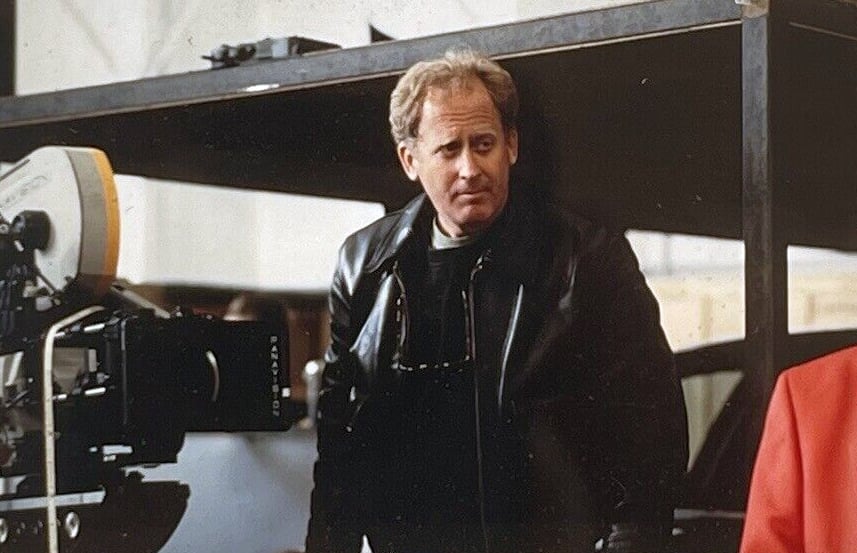
Film to Digital — Reluctantly
The cinematographer’s career has encompassed the transition from film to digital capture, a progression he did not warmly welcome. Referring to digital cameras in a 2005 interview with Studio Daily, he insisted, “I’m trying to stay away from them as long as I can.”
But embracing the evolution of the artform was inevitable. He is shooting Ripley on the Arri Alexa LF, and he shot his most recent feature, Reinaldo Marcus Green’s King Richard (2021), on Arri Alexa XT Plus and Mini cameras.
King Richard tells the story of ambitious tennis dad Richard Williams (Will Smith), who carefully controlled the development of his talented daughters, Venus (Saniyya Sidney) and Serena (Demi Singleton). For the project, Elswit paired the Alexa cameras with what he calls “my favorite Panavision lenses,” including a set of PVintage primes (rehoused Ultra Speeds) prepared by ASC associate member Dan Sasaki of Panavision.
“The PVintage lenses are designed to be different from modern cinema lenses, which are so pristine they’re antiseptic,” Elswit notes. “I think all the things people felt were wrong with old lenses were actually part of their charm, including a certain amount of astigmatism, chromatic aberrations and vignetting. Panavision is attempting to build some of these qualities back into its newer lenses. Part of the challenge in working with digital is defeating the incredibly sharp, plastic-looking images you can end up with, especially in the shadows. Vintage lenses help, and on King Richard, I used filters as well.”
Zoom lenses also had their place, specifically Panavision’s 4:1 (17.5- 75mm) and 11:1 (24-275mm) Primos. Elswit found the latter particularly liberating for shooting the tennis matches; operating the camera, he could follow all the action without restricting the actors’ movements.
A Matter of Taste
The fact that he still does his own operating is another aspect of Elswit’s process that could be considered old-school. “A few of us still do it, even though we’re getting up there in age,” he says. “It’s a matter of taste. Steve Zaillian is sensitive to what the operator does, and what he wants is very specific. Sometimes it’s just more efficient for me to operate.”
His preferred operating method has proved well-suited to the Covid19 era: He uses remote camera heads with vibration-isolator mounts on a dolly. “There’s no crew in the space with the actors unless it’s a [moving] dolly shot,” Elswit notes. “I can be at a monitor, next to the director, and I’ll be on the camera if I have to be. It’s a wonderful way to work.”
“Paul Thomas Anderson doesn’t like digital not only for the look, but also because he wants to know what his movie is going to look like on set. He doesn’t want to be told, ‘Here you go. We can go in a room a year from now and create the look of the movie.’ You can do that with digital; you don’t have to commit to anything.”
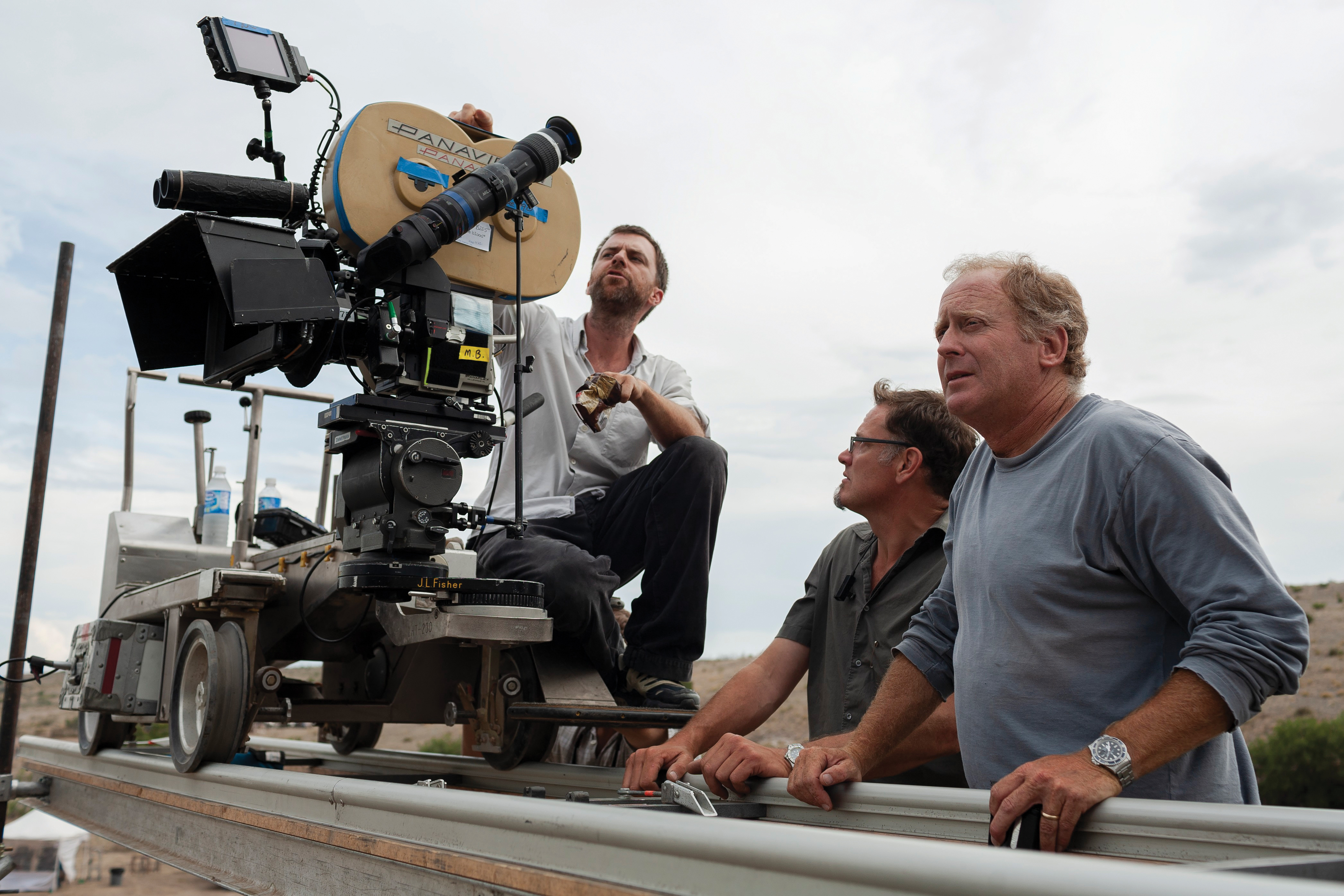
Finishing Touches
During the Ripley shoot, Elswit participated in the final color grade on King Richard remotely, working with Company 3 senior colorist and ASC associate member Stefan Sonnenfeld, a longtime collaborator. “The way the movie looked in editing was pretty close to finished,” Elswit says, “so I spent a few days just making sure I was happy with the color-correct and adjusting a few shots.”
Some of those adjustments on the mostly exterior, location-based production focused on the quality of light, on which Elswit always keeps a close eye. The overall look is warm and sunny, defined in part by the bright colors of the early-1990s costume and production design, and whites were taken down so they wouldn’t be overwhelming.
Elswit doesn’t like to spend too much time in the final grade, but sometimes it’s difficult to avoid. “I’ve spent three weeks grading some digital movies because the visual effects were coming in slowly and I kept having to go back,” he says. “On There Will Be Blood, we timed the dailies, the negative was conformed, and a print was made, and then we made two more rounds of corrections — so we sat through the movie just three times. I didn’t spend much time on the final color correction for Good Night, and Good Luck, either. By then the images had already been timed and carefully put together.”

When he shoots digital, he sets a LUT at the beginning of a show and then strives to capture the final image as much as possible on the day. He recognizes that this is not how everyone works. “The digital process allows you to do so much, and you can chase it all the way down the rabbit hole,” says Elswit. “Paul Thomas Anderson doesn’t like digital not only for the look, but also because he wants to know what his movie is going to look like on set. He doesn’t want to be told, ‘Here you go. We can go in a room a year from now and create the look of the movie.’ You can do that with digital; you don’t have to commit to anything.”
Regardless of format, getting the look he and the director want requires not only careful planning, but also an openness to changing course, as was the case on There Will Be Blood, which tracks the rise of oil prospector Daniel Plainview (Daniel Day-Lewis) at the turn of the century. “We were trying to make southwest Texas look striking and startling and unique, and it did,” says Elswit. “We looked and looked and found this incredibly expressive landscape, and then it was about finding the right time of day for the sun and sky and weather. If we didn’t like the way something looked one day, we could say, ‘Well, why don’t we do this scene instead?’ Or, ‘Why don’t we move over there?’”
One vanishing practice that Elswit laments is the ritual of cast and crew gathering in the evenings to screen dailies. Today, people commonly evaluate digital rushes by themselves using iPads. “We used to screen dailies together every day, and that made us all think tactically and creatively about what we were going to do the next day,” he recalls. “We discovered the movie as we made it.”







